#Thames & Hudson
Explore tagged Tumblr posts
Text

Decade art book is available now!
I'm happy to announce that the standard edition from the campaign is now available for purchase! After the funding campaign of Decade has ended, we received many requests to reprint the book. We’re grateful for your interest and it means a lot to us!
The book is available exclusively in Read-Only Memory shop here:
http://bit.ly/4e2iF7q





Decade is an art book that collects my pixel art artworks from 2013 to 2023, processes of making them with my comments, and a few words about how I became a pixel artist. This is the most comprehensive collection of my illustrations in a book to date.

Thames&Hudson edition
There's also a Thames&Hudson edition available! It has a different cover art, but the content is the same. In case you prefer it more, you can find it here:
https://www.thamesandhudsonusa.com/books/waneella-pixelscapes-hardcover
Thank you very much for your support!
813 notes
·
View notes
Text










NEW contact sheets of John Lennon and Yoko Ono in California, 1973. — From "MIND GAMES: Thames & Hudson", 2024.
79 notes
·
View notes
Text

Arctic fox stealing a snow goose egg, Wrangel Island, 2011
‘My anxiety grows every year. The world that I am filming is in danger. Abundance diminishes. Many wild animals and birds have disappeared, many are on the verge of extinction, many will disappear whether we like it or not. But I am also witness to remarkable human efforts to protect species in their habitats... Photography now is a powerful tool in nature conservation. Photos affect the consciousness of people and they begin to look at nature in a different way’ – Sergey Gorshkov
Photograph: Sergey Gorshkov/Thames & Hudson
#sergey gorshkov#photographer#thames & hudson#why we photograph animals#arctic fox#fox#animal#mammal#wildlife#snow goose egg#wrangel island#nature
36 notes
·
View notes
Text
YOUR FRIENDLY NEIGHBORHOOD SPIDER-MAN TRAILER HAS OFFICIALLY BEEN RELEASED!
#spider-mandaily announcements#s-mpeterparker announcements#your friendly neighbourhood spider-man#spider-man: freshman year#spider-man#peter parker#marvel#stan lee#steve ditko#marvel studios#spidey#wallcrawler#webhead#marvel animation#jeff trammel#hudson thames
20 notes
·
View notes
Text







© All Images: The George Hoyningen-Huene Estate Archives
"Texture, line, simplicity--these were the things he liked--the classic truth." Katharine Hepburn
As time goes past, and the history of photography becomes deeper, photographers such as George Hoyningen-Huene (b.1900-d.1968) remind us how rich that legacy grows. What is now more than 100 years ago, Huene (hoo-Nay), while standing on the shoulders of previous giants like Edward Steichen (who encouraged a young Huene in Paris in the early 1920's to pursue fashion photography), created timeless work that has helped to shape later generations' understanding of photography, fashion, film and Beauty.
A new book--the first publication in 40 years--on Huene is now out from Thames & Hudson. It is a timely reminder for us to rediscover Huene. In many ways the arc of his life as a Baron and Russian-born aristocrat in St. Petersburg in 1900, as well as being the son of an American mother, mirror the major events of the 20th Century. From WWI, to fleeing the Bolshevik Revolution, to life in bohemian Paris in the 1920's, to Golden Age Hollywood in the 1940's--Huene was a part of it all. His collaborations with the leading artistic and celebrity lights of the day and his relationship with the photographer Horst P. Horst only make his history richer.
This new publication from Thames & Hudson provides a generous overview of his life, including unpublished correspondence, and for me, a whole new appreciation of Huene's travel photography. When we delve back into the history of photography, and see the work of Avedon, Penn, Ritts, DeMarchelier and others, we can appreciate the foundations that Huene laid earlier with elegance, simplicity and a reverence for Beauty: the classic truth. --Lane Nevares
#George Hoyningen-Huene#photography#fashion photography#history of photography#lee miller#edward steichen#horst p. horst#katharine hepburn#hollywood#thames & hudson
51 notes
·
View notes
Text






Book 520
Kimono as Art: The Landscapes of Itchiku Kubota
Dale Carolyn Gluckman, ed.
San Diego Museum of Art / Thames & Hudson 2008
Itchiku Kubota (1917-2003) was an artist and master craftsman whose medium was the kimono. So dedicated to his craft was Kubota that he rediscovered (or reinvented) a lost late 15th- to early 16th-century process of dyeing called tsujigahana, which became the main focus for much of his work. This book, which features fifty-five masterworks by the artist, was published to accompany a traveling exhibition in 2009 and with over 150 color images, details the dazzling colors and incredible handiwork that goes into producing a kimono worthy of installation art. The highlight of the book is the artist’s life’s work, entitled Symphony of Light, an ever-evolving series of a perhaps 80 pieces, that would encompass representations of the four seasons and the universe. However, at the time of his death in 2003, Kubota had completed only 34 kimono for the series.
#bookshelf#library#personal collection#personal library#books#bibliophile#book lover#illustrated book#booklr#textiles#japanese art#kimono as art#itchiku kubota#thames and hudson#fashion
26 notes
·
View notes
Text
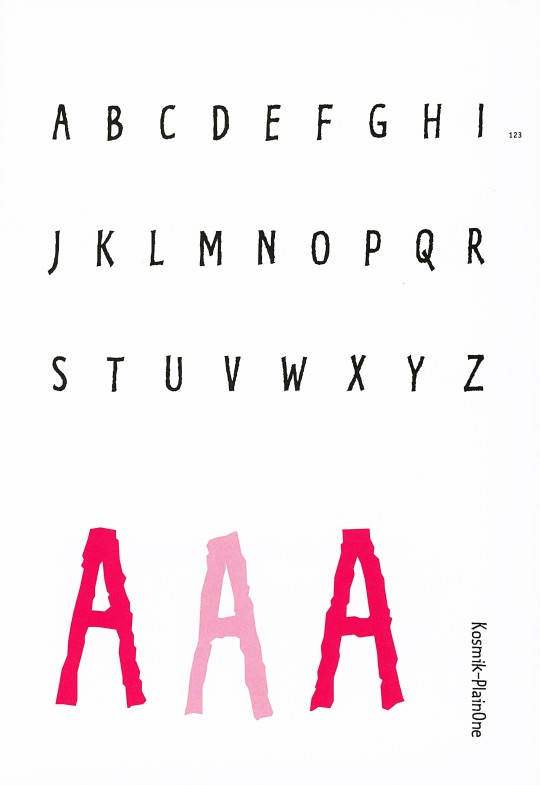
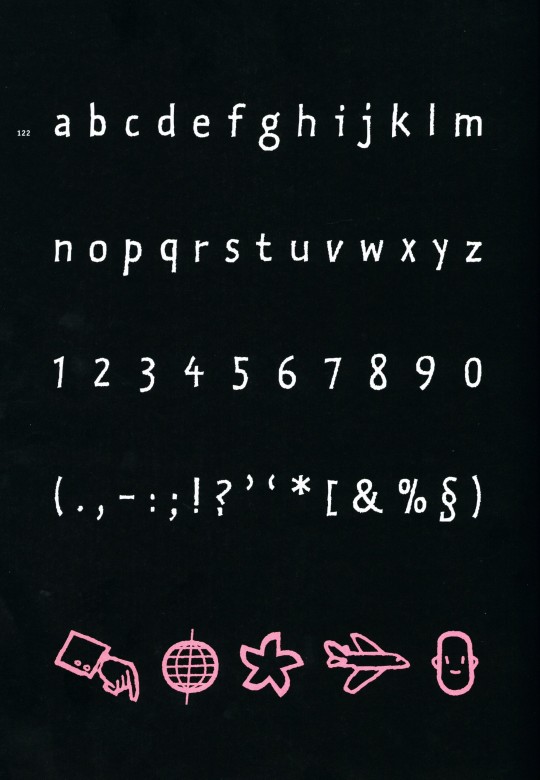
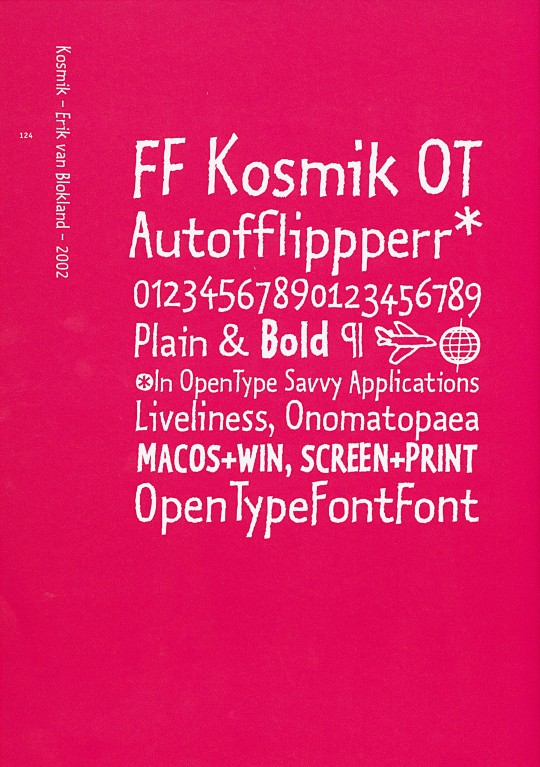
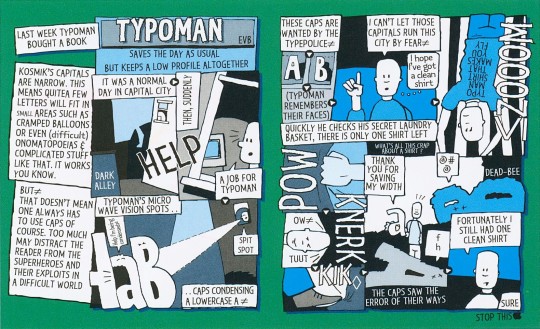
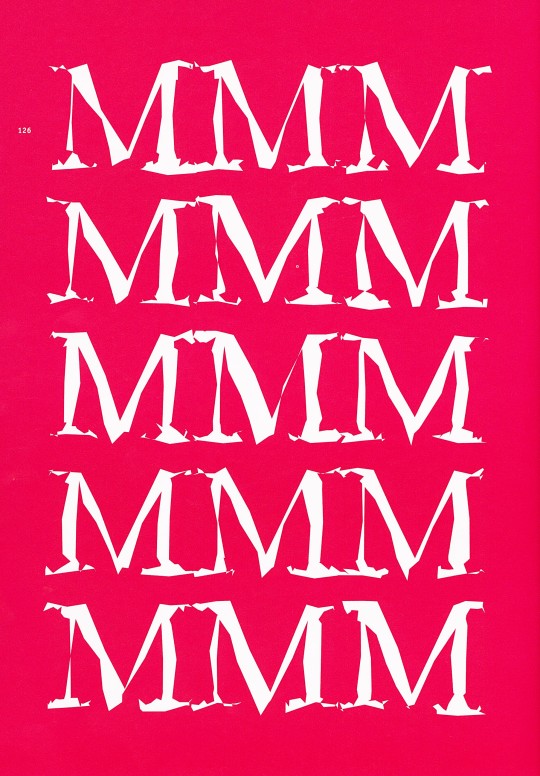
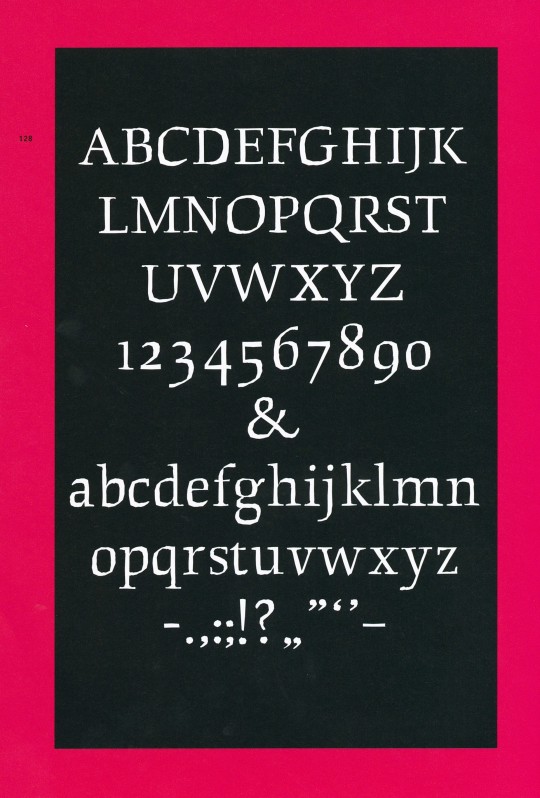
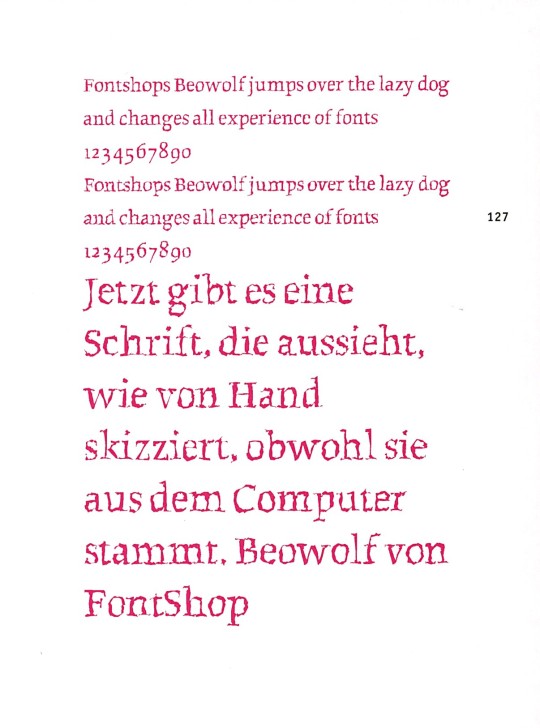
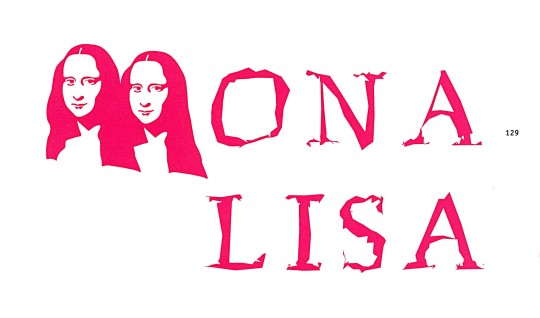
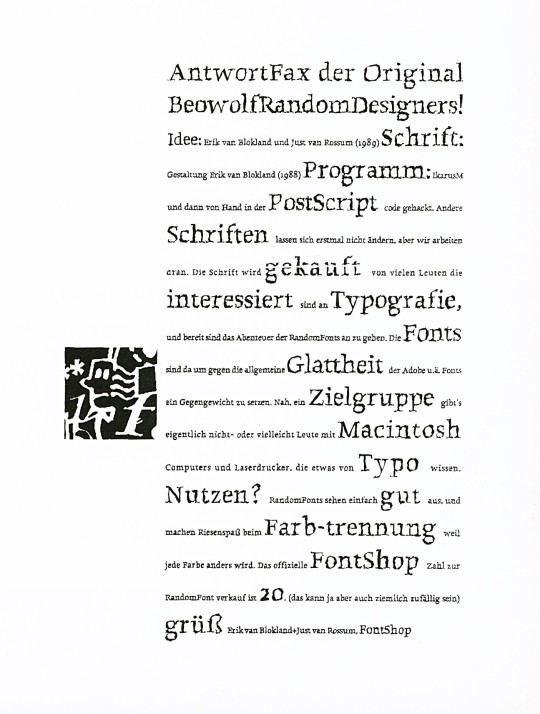
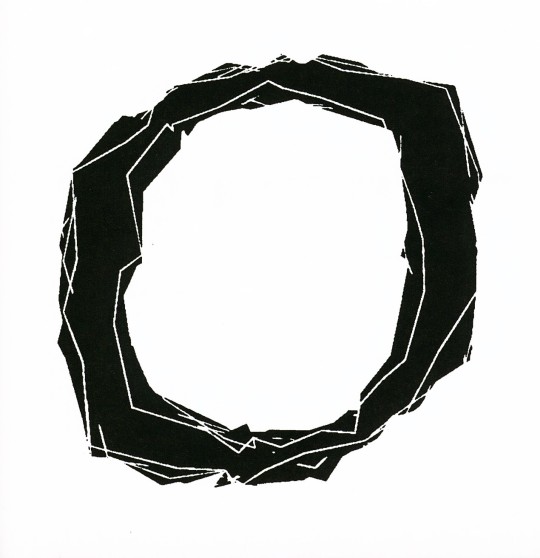
Typography Tuesday
ERIC VAN BLOKLAND & JUST VAN ROSSUM
This week we present two typefaces by Dutch designers Eric van Blokland (b. 1967) and Just van Rossum (b. 1966), co-founders of the design firm, LettError. Both studied at The Hague Royal Academy (KABK) and were influenced by Dutch typeface designer Gerrit Noordzij. After graduation, they worked in Berlin at Erik Spiekermann's MetaDesign. They founded LettError in 1989.
Both eschew traditional design approaches and rely on computer models and digital expression. As they say, "a font is a software instruction to a printer to perform a task." Together they designed the typeface Beowolf in 1990 and in 2002 van Blokland designed Kosmik, both of which are shown here. For Beowolf, they hacked Adobe's PostScript by adding a new function named "freakto," and the result was Times New Random, later renamed Beowolf, a typeface that changes while it is being printed. No two shapes are identical.
Kosmik is based on the hand-drawn letters van Blokland used in his comic strips. For this typeface, the designer used a new digital invention, the "flipperfont," a tiny program embedded in the font that ensures the printer randomly selects one of three available versions of each character.
These images come from our 2005 book Creative Type: A Sourcebook of Classic and Contemporary Letterforms by Cees W. de Jong, Alston W. Purvis, and Friedrich Friedl, and published by Thames & Hudson.
View another post from Creative Type.
View our other Typography Tuesday posts.
#Typography Tuesday#typetuesday#type designers#Dutch type designers#type design#Eric van Blokland#Just van Rossum#LettError#Beowolf type#Kosmik type#Creative Type#Thames & Hudson
17 notes
·
View notes
Text
youtube
Your Friendly Neighborhood Spider-Man Trailer
"Every neighborhood needs a hero." (Marvel Entertainment)
Your Friendly Neighborhood Spider-Man stars the voice talents of Hudson Thames, Colman Domingo, Eugene Byrd, Grace Song, Zeno Robinson, Hugh Dancy, and Charlie Cox. Mel Zwyer serves as supervising director and Jeff Trammell serves as head writer.
Your Friendly Neighborhood Spider-Man launches on Disney+ on January 29, 2025.
#spider-man#your friendly neighborhood spider-man#peter parker#hudson thames#colman domingo#eugene byrd#grace song#zeno robinson#hugh dancy#charlie cox#mel zwyer#jeff trammell#disney+#marvel#TGCLiz#Youtube
6 notes
·
View notes
Text
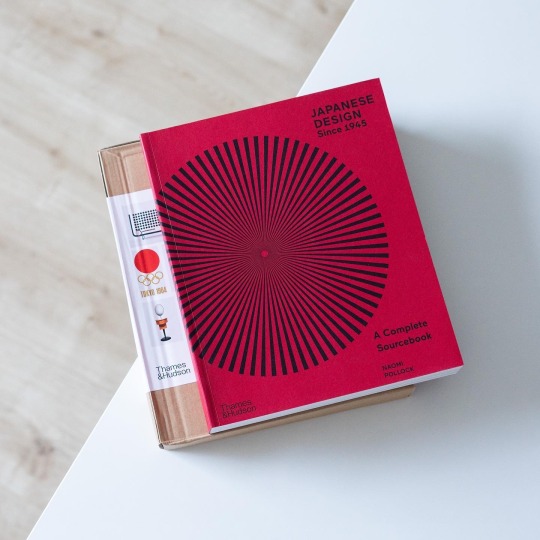

In Japan the term „monozukuri“, the making of things, is a mindset and method that entails the heartfelt commitment of the executor to give their very best in order to bring an object to perfection. At the same time craft stands synonymous for products and objects that are meant for everyday use and now without ornament or decorative elements. Against the backdrop of this tradition it comes as no surprise that Japanese design still often refers to this tradition. But after the Second World War it mixed with the gradually emerging mass production as practiced in the West.
This decisive shift after 1945 and the overall development of Japanese design well into the present is covered in Naomi Pollock’s compendium „Japanese Design after 1945: A Complete Sourcebook“, published in 2020 by Thames & Hudson: in a total of six chapters devoted to the titans of Japanese design as well as furniture, table ware, lighting and electronics, graphic and packaging design as well as textiles and lifestyle products Pollock provides a very comprehensive overview of the many-faceted Japanese postwar design. Each chapter features portraits of key designers, their important works and daily used design icons. One of these is Kenji Ekuan’s Kikkoman soy sauce bottle, to this day Ekuan’s most significant work and a great example of „monozukuri“ as it took him more than three years and a hundred prototypes to find the perfect shape.
For additional depth each chapter closes with an expert essay focusing on a particular aspect, e.g. the influence of Scandinavian design on Japanese furniture, the development of Japanese car design or an excursion into prewar design which provides additional background insights into its origins in the crafts.
Naomi Pollock’s book is an indispensable companion for anyone interested in Japanese design that also contains countless hints and references for additional research. Highly recommended!
49 notes
·
View notes
Text
Native American Medicine Wheel
I've been reading a book called "Symbols of the Occult" and I found a fascinating section I wanted to share with you guys.
From what I read; a medicine Wheel can be both a metaphorical representation of sacred cosmological concepts and their embodiment in physical stone monuments used for religious rituals. It is divided into an outer wheel of the four winds and an inner wheel of twelve animal symbols. There is also no one standard form of the medicine, and the one I wrote is considered an example.
The Four Winds/The Four Ruling Animals
East: Eagle
Spring
Associated with new beginnings and approaches to life
South: Buffalo
Summer
Associated with strength, generosity, hard work, and perserverance
West: Bear
Autumn
Associated with independence, self-sufficiency, and careful planning
North: Wolf
Winter
Associated with withdrawal, rest, recuperation, and regeneration
The Twelve Totemic Animals
East
Hawk: Ambition
Beaver: Perserverance
Deer: Empathy
South
Butterfly: Metamorphosis
Salmon: Permanence
Rabbit: Adaptability
West
Raven: Creation
Frog: Fertility
Turtle: Patience
North
Snow Goose: Dreams
Owl: Protection
Snake: Transformation
I also learned a lot more, but I don't want to completely copy from the book. But there is plenty more information on websites and if you guys find this book, check it out, there is more cool stuff to read about.
#Native American#North American Medicine Wheel#Medicine Wheel#Astrology#Symbols of the Occult#Eric Chaline#Thames & Hudson
6 notes
·
View notes
Text
Marvel Animation "Your Friendly Neighborhood Spider-Man" Official Trailer
Marvel Animation Studios will be presenting a new animated series featuring the early days of everyone’s favorite Wall-Crawler with “Your Friendly Neighborhood Spider-Man”. The show will air on the Disney+ service and will begin in late January. Check out the recently dropped trailer along with the premise and some of the voice casting and the characters they will be playing. The Premise: “Your…
#cathy ang#charlie cox#colman domingo#disney plus#eugene byrd#grace song#hudson thames#hugh dancy#kari wahlgren#marvel animation#marvel animation studios#paul f. tompkins#television trailers#trailers#vincent d&039;onofrio#your friendly neighborhood spider-man#zeno robinson
2 notes
·
View notes
Text

NEVER SEEN BEFORE photo of John Lennon and Yoko Ono, 1970. — From "MIND GAMES: Thames & Hudson", 2024.
32 notes
·
View notes
Text
The Internet Reacts To The Teaser Trailer For "Your Friendly Neighborhood Spider-Man"!
Web-sling into the past with a modern twist! The 'Your Friendly Neighborhood Spider-Man' trailer is here to swing hearts. Check out the fresh take on Peter Parker's high school heroics!
Find out what does the internet have to say about it right here: https://www.theomenmedia.com/post/spider-man-swings-back-critics-fans-and-publications-react-to-your-friendly-neighborhood-spider

#Spider Man#Your Friendly Neighborhood Spider Man#Marvel Animation#Disney Plus#New Trailer#Norman Osborn#Hudson Thames#Colman Domingo#MCU#Animation
2 notes
·
View notes
Text
Your Friendly Neighborhood Spider-Man releases in 10 days!

#spider-mandaily announcements#s-mpeterparker announcements#spider-man#peter parker#marvel#stan lee#steve ditko#marvel studios#webhead#spidey#wallcrawler#marvel entertainment#marvel legacy#jeff trammell#your friendly neighborhood spider-man#hudson thames#yfnsm
10 notes
·
View notes
Text


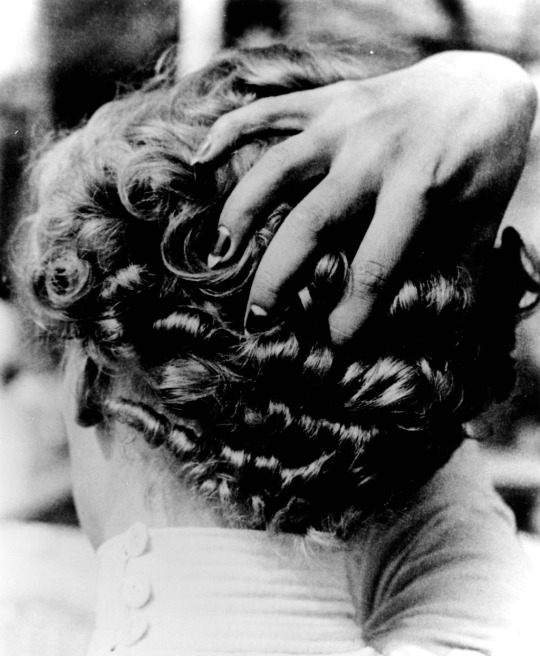

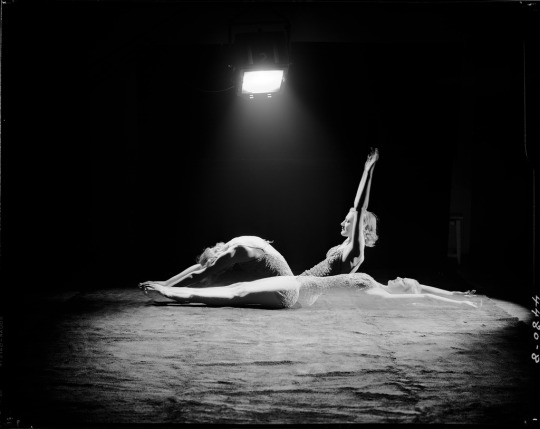
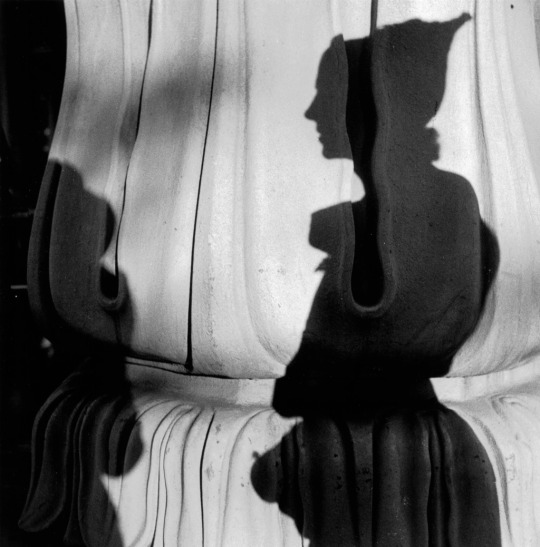

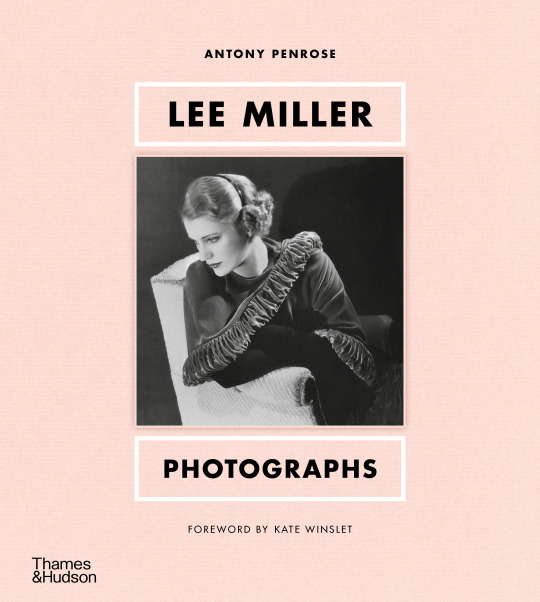
"There were lots of things, touching, poignant, or queer I wanted to photograph." --Lee Miller
Lee Miller led an extraordinary life in her 70 years. While not as appreciated in the photography canon as she deserves to be, or as widely known for the pioneering contributions she made, with the publication of Lee Miller: Photographs from Thames & Hudson, along with a new film, Lee, starring Kate Winslet, her story is being freshly shared with a younger generation.
Lee Miller's story is told in these pages by her son Antony Penrose, who also compiled the more than 100 images that reveal Lee Miller's diverse interests from surrealism and solarization to fashion and portraiture to wartime photojournalism. For anyone who has not discovered Lee Miller's work, this new edition from Thames & Hudson is an ideal introduction.
What is not told, respectfully so, is the sexual trauma Lee Miller suffered as a young girl to the peculiar relationship with her father who often photographed her nude. And how these experiences impacted her. Lee Miller endured the best and the worst in people. As a photography correspondent in WWII, she also witnessed the unique horrors of Dachau and Buchenwald concentration camps. While there was much beauty in Lee Miller's life, there was also much unhappiness.
Yet, what a life! Lee Miller's legacy endures. Her passion for art, travel and adventure will always inspire. Lee Miller: Photographs, shows us why her work still matters. --Lane Nevares
#lee miller#© 2023 Lee Miller Archives#All rights reserved. www.leemiller.co.uk#photo book#photography#female artists#thames and hudson
62 notes
·
View notes
